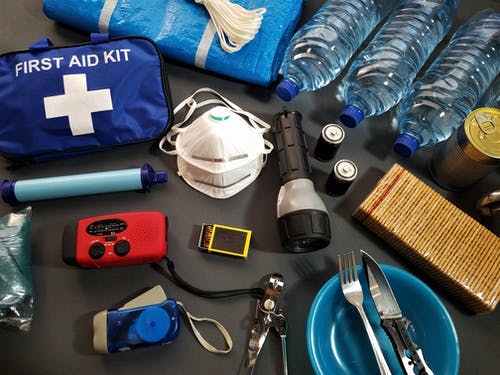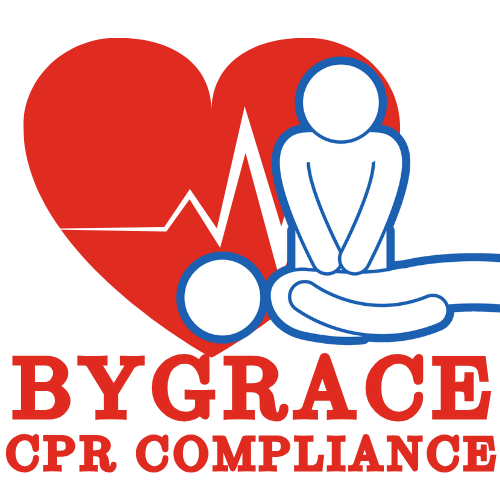
Noro virus, a highly contagious virus, is a leading cause of gastroenteritis worldwide. This article delves into the intricacies of Norovirus infection, exploring its symptoms, modes of transmission, and effective prevention strategies.
Norovirus, often referred to as the “stomach bug” or “winter vomiting bug,” belongs to the Caliciviridae family. It is notorious for causing outbreaks of gastroenteritis in various settings, including cruise ships, schools, and healthcare facilities.
Symptoms of Norovirus Infection
Norovirus infection manifests with symptoms such as nausea, vomiting, diarrhea, and stomach cramps. These symptoms can appear suddenly and are usually of short duration, lasting about 1-3 days. Dehydration is a concern, especially in vulnerable populations.
Modes of Transmission
Norovirus is highly contagious and spreads through multiple avenues. Person-to-person transmission is common, and the virus can also be contracted by consuming contaminated food or water. Additionally, touching surfaces contaminated with the virus and then touching the mouth can lead to infection.
High -Risk Settings for Norovirus Outbreaks.
Certain environments are more prone to Norovirus outbreaks. Cruise ships, nursing homes, schools, and restaurants are examples of places where close contact among individuals and shared facilities can facilitate the rapid spread of the virus.
Prevention and Measures:
Preventing Norovirus infection involves adopting good hygiene practices. Regular handwashing with soap and water, especially after using the toilet or handling contaminated items, is crucial. Proper food handling and cleaning surfaces effectively can also mitigate the risk of Norovirus transmission.
Treatment Managment yy
There is no specific antiviral medication for Norovirus, so treatment focuses on managing symptoms and preventing dehydration. Rehydration through oral rehydration solutions or, in severe cases, intravenous fluids may be necessary
Global Impactand Surveillance
Norovirus is a global concern, impacting both developed and developing countries. Surveillance systems play a crucial role in monitoring and controlling outbreaks, helping public health officials implement timely interventions.
Ongoing Research and Future Outlook
Ongoing research is essential to better understand Norovirus, develop effective vaccines, and improve preventive measures. As our understanding grows, so does our ability to mitigate the impact of this highly contagious virus.
Certainly! Here are key takeaways summarizing the article on Noroviru
Key Takeaways
- High Contagiousness: Norovirus is highly contagious, causing outbreaks of gastroenteritis in various settings due to its ability to spread easily from person to person.
- Common Symptoms: Symptoms of Norovirus infection include sudden onset of nausea, vomiting, diarrhea, and stomach cramps, with a typical duration of 1-3 days.
- Modes of Transmission: Norovirus spreads through person-to-person contact, consumption of contaminated food or water, and contact with surfaces or objects contaminated with the virus.
- Vulnerable Settings: Environments with close contact among individuals, such as cruise ships, nursing homes, schools, and restaurants, are particularly vulnerable to Norovirus outbreaks.
- Preventive Measures: Effective prevention involves regular handwashing, proper food handling, and thorough cleaning of surfaces. These measures are crucial in reducing the risk of Norovirus transmission.
- No Specific Treatment: There is no specific antiviral treatment for Norovirus, and management focuses on symptom relief and preventing dehydration through rehydration solutions.
- Global Impact: Norovirus is a global public health concern, affecting both developed and developing countries. Surveillance systems play a key role in monitoring and controlling outbreaks.
- Ongoing Research: Ongoing research aims to enhance our understanding of Norovirus, develop vaccines, and improve preventive measures to reduce the impact of outbreaks.
- Multifaceted Approach: Addressing Norovirus requires a multifaceted approach, including awareness, hygiene practices, and ongoing research to better manage and control its spread.
Bottom Line
Norovirus infection poses a significant public health challenge, necessitating a multifaceted approach for prevention, early detection, and effective management. By raising awareness and implementing robust preventive measures, we can strive to reduce the prevalence and impact of Norovirus outbreaks in various settings.

0 Comments